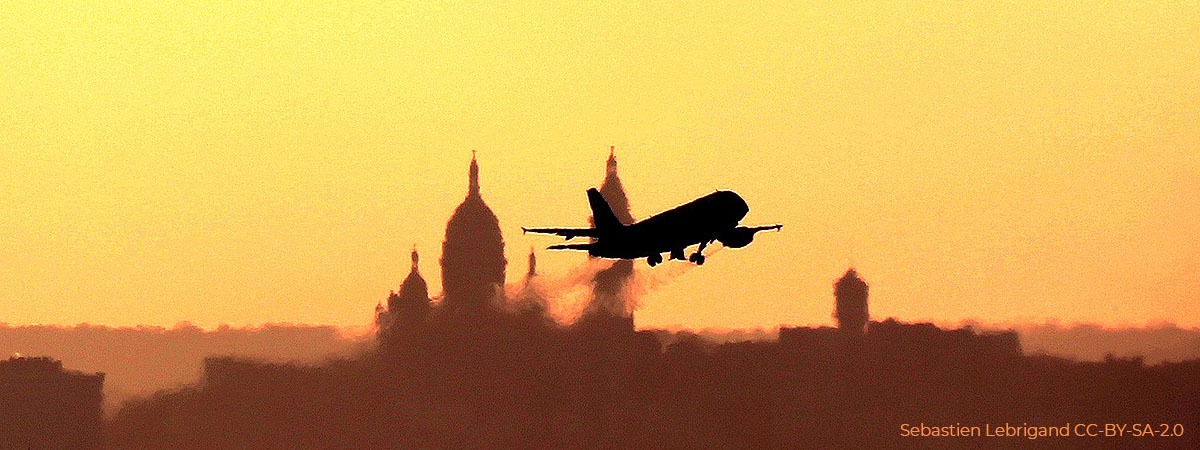The pandemic caused by COVID-19 has resulted in a drastic reduction in the number of aircraft passengers.
While more than 4.5 billion passengers flew in 2019 with 2020 forecasts expected to exceed 4.7 billion, the reality of closed borders during the first weeks of the pandemic grounded aircraft and confined passengers.
International travel has decreased 92% compared to 2019.
Aviation is one of the sectors most affected by the pandemic. Passenger confidence is key to recovering a sector upon which a great part of the world economy depends.
Over half a year after the global decrease due to border closures, connectivity is beginning to rebound. However, this recovery is moving slowly, primarily due to quarantine measures that continue in many countries and the impossibility to plan a trip due to constant changes in COVID-19 measures.
The importance of the airline industry is crucial for the recovery of the world economy with 65.5 million jobs depending on aviation industry, which is also a determining factor for tourism, a sector that makes up 10.4% of economic activity around the world.
To achieve economic recovery, we must start flying again and for that to happen, we must work in two directions:
On one hand, measures in all countries must be unified in order to restore cross-border freedom. With this objective in mind, the international organizations (IATA, ICAO, Eurocontrol) propose testing all passengers before flying. This measure would permit governments to open their borders without resorting to restrictions and quarantines while recovering the passenger confidence necessary to start travelling again.
Although many see the development of a vaccine as the solution to the pandemic, it will take time for the number of vaccinated persons to be sufficient to create immunity. Even when a country has a vaccine, distributing it to all citizens will be complex and take many months. That’s why testing at the point of origin provides a very effective provisional solution for the sector’s recovery.
On the other hand, in order to recover passenger confidence, work is already underway at both airports and on aircraft.
At airports, special procedures are being carried out, increasing distance between passengers, increasing self-service and touchless systems. These are solutions designed to minimize contagion between passengers.
In aircraft, simulations carried out by manufacturers such as Airbus, Boeing and Embraer provide empirical evidence for what we already imagined based on statistics: the low probability of contagion when travelling by plane.
This is confirmed by the numbers published by the International Air Transport Association (IATA), which demonstrate the low incidence of COVID transmission on board aircraft. Since the beginning of 2020, there has been one case per 27 million passengers. Even considering the possibility of 90% unreported cases in the tracking process, there would still be one case per 2.7 million travellers. In both cases, the figures are extremely reassuring. Furthermore, the majority of cases reported occurred before imposing the use of masks on board.
The cause of this low probability is a “layered” protection system in which each measure is added to the next, seeking total protection.
Therefore, in aircraft, we have the following:
- The use of high-efficiency filters (HEPA, High-Efficiency Particulate Air), which trap 99.9% of bacteria and viruses and prevent the cabin ventilation system from allowing the circulation of microbes.
- The limitation of passenger movement in the cabin to reduce interaction among passengers.
- The configuration of seats, which makes the seatbacks act as a natural barrier that prevents air circulating between rows.
- The distribution of air generally moving from ceiling to floor, minimising backward/forward airflow.
- The recycling of air in an aircraft occurring 20-30 times per hour, a rate even higher than air recycling in an operating theatre.
- The mandatory use of masks – continuing with the philosophy of “layers of protection” – adds an additional and significant level of protection, so that, despite proximity in the cabin, the risk of contagion is lower than in other interior spaces.
Therefore, considering the combination of special procedures at airports, tests at the point of origin and security conditions inside aircraft, we can only think of starting to fly again – while maintaining the highest priority that exists in the world of aviation: safety.



